Politics in Iceland: A beginner’s guide


Politics is all over our television screens and is always a keen topic of (sometimes heated) conversation among Icelanders. But how much do you know about Icelandic politics?
Iceland is a parliamentary republic run by a directly elected president and legislative assembly.
Iceland’s current president is Guðni Th. Jóhannesson, who has took office in August 2016. Iceland’s parliament is called Alþingi (pronounced ‘Althingi’), a democratic institution which can trace its history right back to 930 AD and the first Norse settlers.
63 MPs elected from Icelandic constituencies by proportional representation – no first-past-the-post system here! – sit in Alþingi and pass national legislation.
Any political party, or coalition of parties, with 32 MPs can form a majority government. General elections (and, indeed, presidential elections) are held every four years.
Very rarely in Iceland’s modern history has one single party managed to secure an absolutely majority and coalition governments are the norm.
Iceland currently has a two-party governing coalition and six parties with MPs in Alþingi. Only parties securing at least 5% of the national vote may return an MP to Alþingi.
Here is a brief look at the political parties currently represented in the Icelandic parliament:
Independence Party
Icelandic name
: Sjálfstæðisflokkurinn
Number of MPs
: 19/63
Current polling
: 24.6% (MMR: 30 August 2016)
Leader
: Bjarni Benediktsson
Position
: Centre-right
Current status
: Government
One of Iceland’s oldest political parties, the Independence Party was founded in its current form in 1929 and has regularly been Iceland’s most popular party. It runs on a platform of liberal conservatism, economic liberalism and Euroscepticism. Electorally, it often benefits from being a united force encompassing the entire right-wing ground, unlike the much more fragmented Icelandic left.
Progressive Party
Icelandic name
: Framsóknarflokkurinn
Number of MPs
: 19/63
Current polling
: 10.6% (MMR: 30 August 2016)
Leader
: Sigurður Ingi Jóhannsson
Position
: Centre/Centre-right
Current status
: Government
The Progressive Party was founded back in 1916 to represent Iceland’s agricultural class and agrarianism is still part of the party’s ideology today. The party often takes a centrist libertarian line and has formed coalitions with left and right over the years.
Social Democratic Alliance
Icelandic name
: Samfylkingin
Number of MPs
: 9/63
Current polling
: 9.1% (MMR: 30 August 2016)
Leader
: Oddný Harðardóttir
Position
: Centre/Centre-left
Current status
: Opposition
The Social Democratic Alliance is a centre-left party working on the principles of social democracy. The party was founded in 1999 by the merger of four smaller left-wing parties and is staunchly pro-European in outlook. The party swept to power in 2009 in the wake of Iceland’s financial and banking crash, under the leadership of Jóhanna Sigurðardóttir, the world’s first out lesbian head of government.
Left-Green Movement
Icelandic name
: Vinstrihreyfingin – Grænt framboð
Number of MPs
: 7/63
Current polling
: 12.4% (MMR: 30 August 2016)
Leader
: Katrín Jakobsdóttir
Position
: Left
Current status
: Opposition
The Left-Green Movement was also formed in 1999 by members unhappy with the direction envisaged by the left-wing parties merging to form the Social Democratic Alliance. The party runs on a platform of democratic socialism, feminism and pacifism and – unlike other left-leaning parties in Iceland – opposes EU membership.
Bright Future
Icelandic name
: Björt framtíð
Number of MPs
: 6/63
Current polling
: 4.5% (MMR: 30 August 2016)
Leader
: Óttarr Proppé
Position
: Centre
Current status
: Opposition
Bright Future is a relative newcomer on the Icelandic political scene, standing for social liberalism, green liberalism and pro-Europeanism. It returned its first MPs in the 2013 general elections, but are currently polling under the 5% threshold needed to gain access to Alþingi. Founder Guðmundur Steingrímsson is the son and grandson of two former Icelandic Prime Ministers (both of the Progressive Party).
Pirate Party
Icelandic name
: Píratar
Number of MPs
: 3/63
Current polling
: 22.4% (MMR: 30 August 2016)
Leader
: ???
Position
: ???
Current status
: Opposition
Difficult to place on the traditional left/right spectrum, the Pirate Party also has no official leader, although the media and common parlance often cast Birgitta Jónsdóttir in the role. Since its founding in 2012, the party has blown the Icelandic political scene wide open, stealing votes from left and right, and emerging as Iceland’s dominant political force. The party stands for direct democracy, freedom of information and civil and political rights.

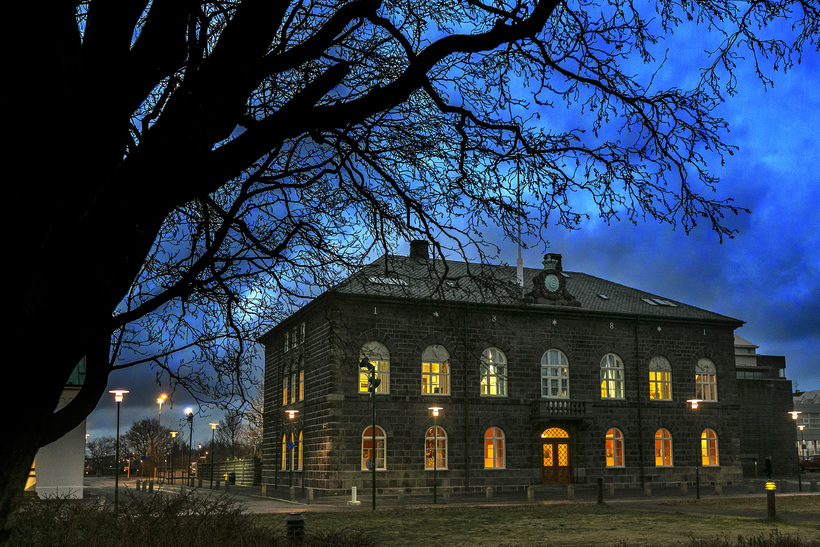
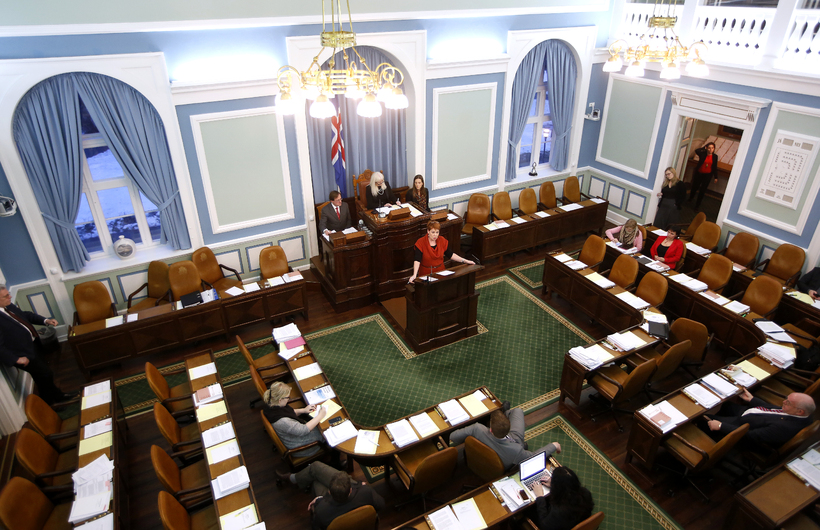


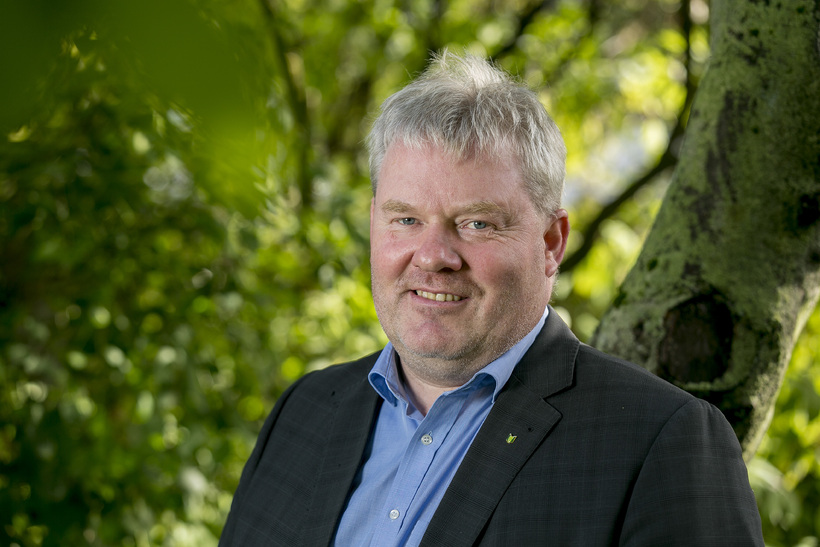
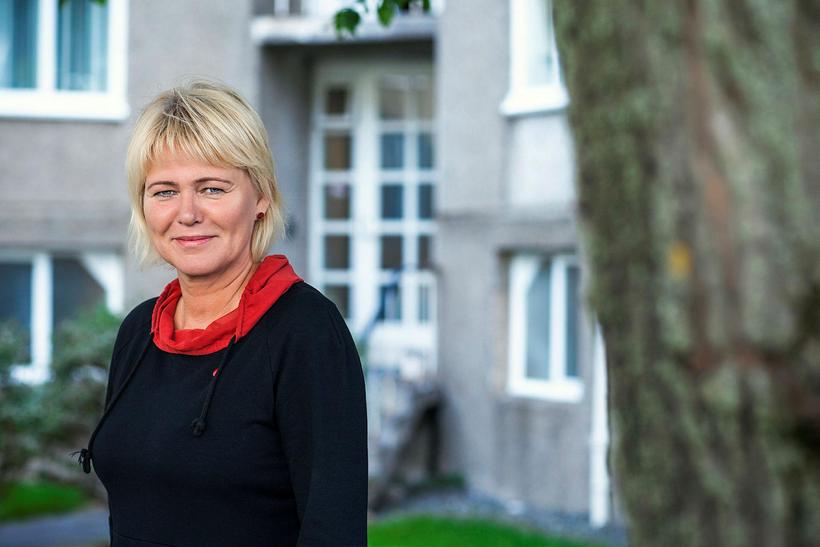
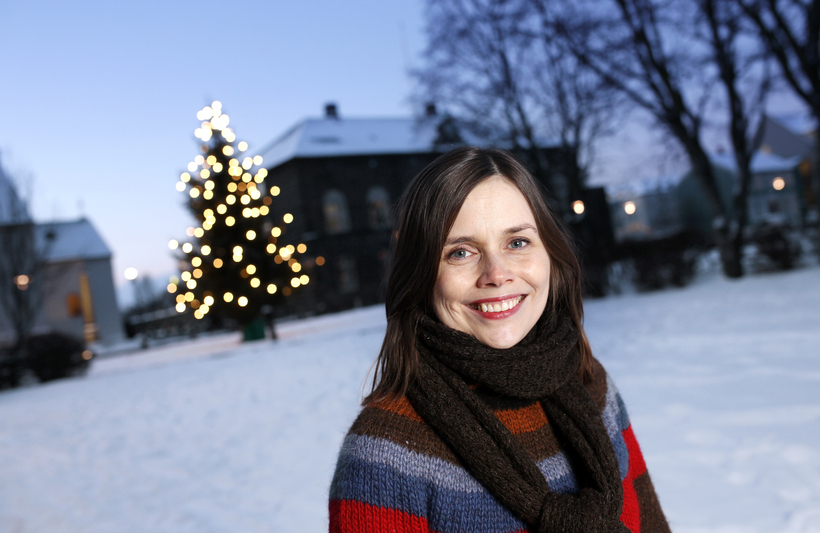
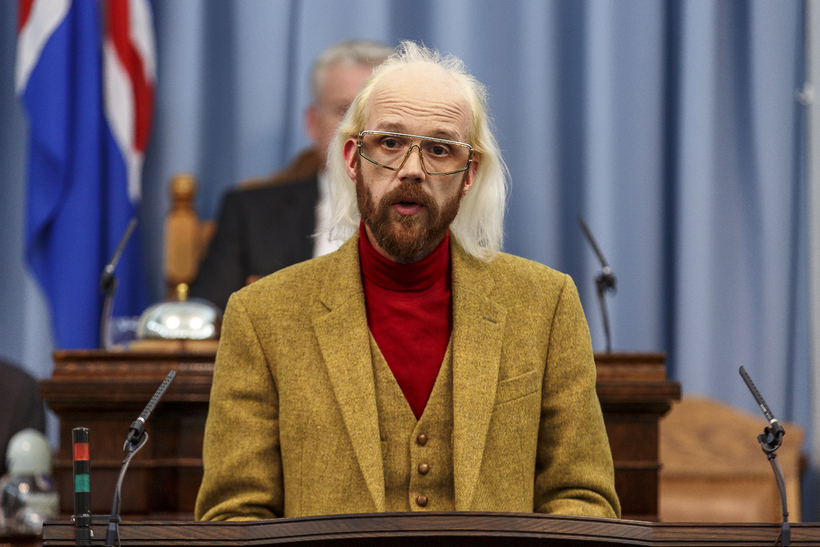
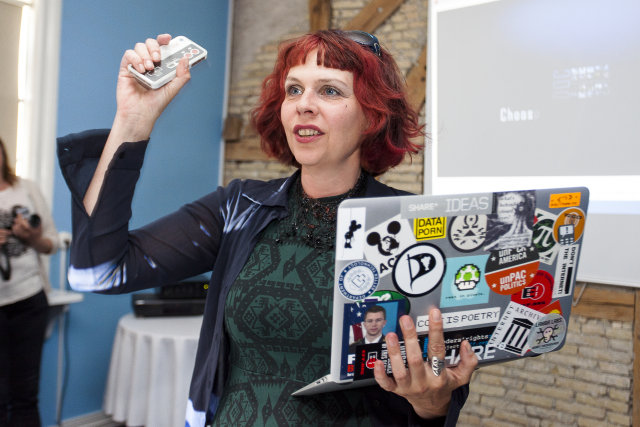




/frimg/1/60/10/1601046.jpg)

